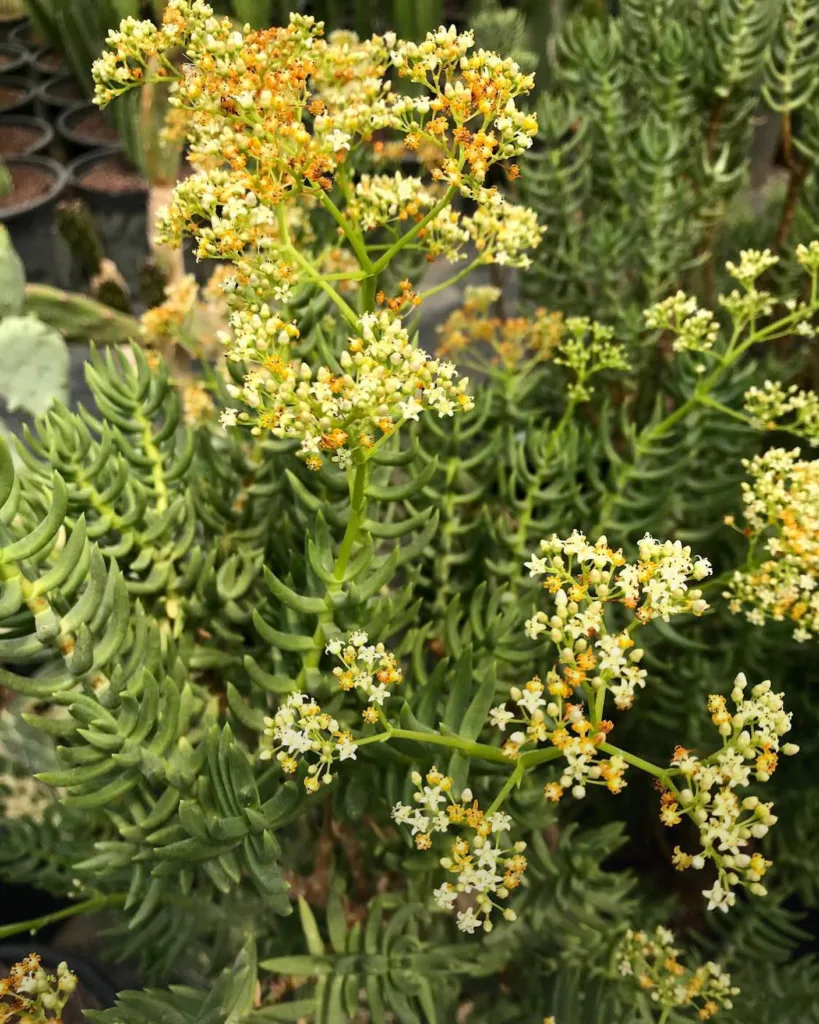
November 30 – Punica
"Punica, the pomegranate, defines November 30."
Punica symbolizes fertility, abundance, and immortality. You have a richness in your spirit, offering vitality and a deep sense of connection with the world around you. Like the pomegranate’s many seeds, your kindness and generosity touch the lives of many, leaving a lasting impact.
Punica: A Deep Dive into the Pomegranate Family
The world of botany is filled with fascinating specimens, but few are as captivating as the Punica genus. As a plant enthusiast, I’ve always been drawn to its unique characteristics and rich history. Today, I’d like to share my knowledge and delve deep into this intriguing group of plants.
What is Punica?
Punica is a small genus of fruit-bearing deciduous shrubs or small trees belonging to the family Lythraceae. While it might not be as diverse as some other genera, its impact on human culture and cuisine is undeniable. The name “Punica” itself harkens back to the ancient Romans, who referred to the pomegranate as the “malum punicum,” meaning “Carthaginian apple.” This nomenclature reflects the historical significance of the pomegranate, which was widely cultivated and traded throughout the Mediterranean region.
Species within the Punica Genus
The Punica genus comprises only two known species:
- Punica granatum – Known as the common pomegranate, Punica granatum is a small deciduous tree or shrub native to the regions from Iran to northern India. It’s cherished for its vibrant, edible fruit with red, leathery skin encasing juicy, tart arils packed with seeds. This plant has been cultivated for centuries and symbolizes prosperity and fertility in many cultures. In addition to its culinary uses, Punica granatum has been used traditionally in herbal medicine for its antioxidant, anti-inflammatory, and antibacterial properties. It thrives in warm, sunny climates and well-draining soil, making it popular in Mediterranean and similar climates around the world.
- Punica protopunica – Often called the Socotran pomegranate, Punica protopunica is a lesser-known, wild relative of the common pomegranate and is native exclusively to the island of Socotra off the coast of Yemen. It’s distinguished by smaller, less vibrant pink fruits and flowers compared to Punica granatum, and its fruits are generally less sweet and not widely eaten. Endemic to this unique and isolated ecosystem, Punica protopunica is adapted to the dry, arid conditions of the island and is considered a relict species, giving scientists insight into the evolution and origin of cultivated pomegranates. Conservation efforts are crucial for this species, as it faces threats from habitat loss and environmental changes.
The Allure of the Pomegranate
For me, the pomegranate holds a special place among fruits. Its leathery rind, which conceals a treasure trove of juicy, ruby-red arils, is a testament to nature’s artistry. The arils themselves offer a burst of sweet and tart flavor that’s both refreshing and invigorating. Beyond its gustatory appeal, the pomegranate has also been associated with various symbolic meanings, including fertility, abundance, and good luck.
The Enigmatic Socotra Pomegranate
While the pomegranate enjoys widespread recognition, its Socotran counterpart remains relatively obscure. This unique species has adapted to the arid conditions of its island habitat, developing distinct characteristics that set it apart from P. granatum. The Socotra pomegranate is considered a “living fossil,” providing valuable insights into the evolutionary history of the Punica genus.
Punica in History and Culture
The pomegranate’s influence on human civilization is profound and far-reaching. It has been featured prominently in art, mythology, and religious texts across various cultures. In Greek mythology, the pomegranate is associated with Persephone, the queen of the underworld. In the Bible, it is mentioned as one of the fruits found in the Promised Land. The pomegranate’s cultural significance underscores its enduring appeal and its integral role in human history.
The Future of Punica
Despite its limited diversity, the Punica genus continues to fascinate botanists and plant enthusiasts alike. Ongoing research focuses on understanding the genetic makeup of these species, exploring their potential health benefits, and developing new cultivars with improved characteristics. As we continue to learn more about this remarkable genus, we can appreciate its contributions to our world and ensure its preservation for future generations.
If i die, water my plants!



